
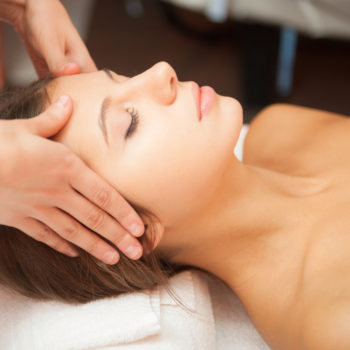 Swedish massage is a classic massage technique using long strokes with kneading to pull muscle tension out while mobilizing the joints.
Swedish massage is a classic massage technique using long strokes with kneading to pull muscle tension out while mobilizing the joints.
Along with long strokes and kneading, it also uses light tapping to stimulate both the nerves and the top layer of muscles. This relaxing massage is meant to reduce stress and energize the body by eliminating general aches and pains.
Although relaxation is the ultimate goal, this therapeutic massage helps to increase blood flow, oxygenate muscles tissue, and release toxins accumulated in the muscles. Additionally, patients experience increased flexibility and mobility of muscles and joints.
Overall, it is a pleasant massage that gets many positive results for patients.
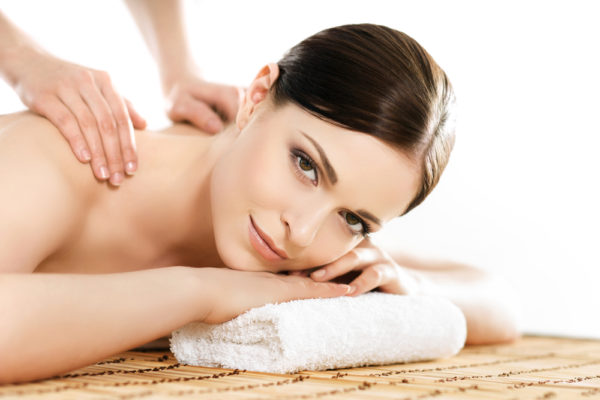
What is Swedish Massage?
Swedish massage isn’t actually Swedish in its origins. It was created and started by a Swedish medical gymnastic practitioner, Pehr Henrik Ling. Later, Johann Georg Mezger systematized techniques and coined the phrases used in Swedish massage.
This is considered a light massage where pressure can be firm, but not so firm that it hurts unlike some other massage types. The main technique of this modality uses long strokes, kneading and circular pressure from the hands and palms to elongate muscles then moves into tapping and vibration to stimulate them. Muscles become stretched, tension spots relax, and nerves are enervated.
Your massage can be customized to what you prefer in terms of pressure and style. Some clients are more ticklish than others and find strokes such as vibration uncomfortable. Your massage therapist can adjust the pressure and often use oils to reduce any discomfort created, making the experience more enjoyable.
Swedish Massage Techniques
The techniques of Swedish massage include long gently-pressure strokes, kneading, and tapping. Fve total stroke techniques are used. Effleurage is a long gliding stroke. Petrissage is kneading the muscles. Friction uses circular rubbing motions. Tapotement is fast, light tapping done with fingertips or knuckles. Vibration actually shakes the muscles in quick and rapid motion on larger muscles such as the quadriceps.
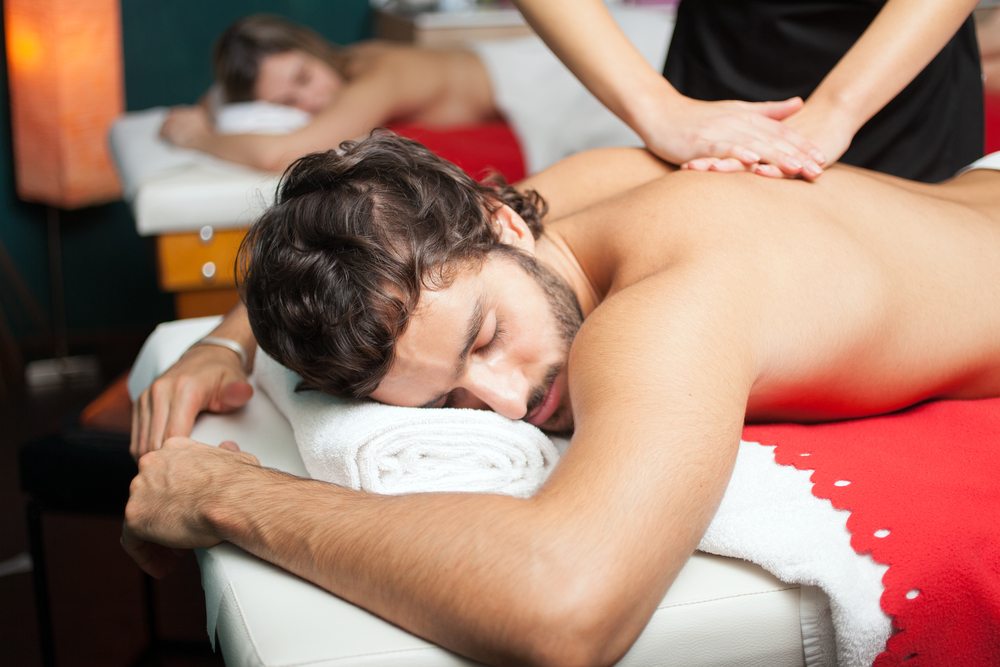 The massage therapist will also gently bend joints and manipulate limbs to help stretch muscles throughout the massage. There may be times where joint manipulation leads to some stretching pain as muscles are forced to expand. This isn’t designed to be painful, but to push the muscle into a new comfort zone that gives patients more range of motion and comfort throughout the day outside of the massage.
The massage therapist will also gently bend joints and manipulate limbs to help stretch muscles throughout the massage. There may be times where joint manipulation leads to some stretching pain as muscles are forced to expand. This isn’t designed to be painful, but to push the muscle into a new comfort zone that gives patients more range of motion and comfort throughout the day outside of the massage.
Comparing Other Massage Modalities
Keep in mind that some massages are designed more for rehabilitative and medical needs while others, such as Swedish massage, are designed primarily for relaxation with beneficial side effects. Understanding the goals of massage help to properly set expectations for patients. Other common massage types include hot stone massage, aromatherapy, shiatsu, and sports massage.
A hot stone massage is often combined with a Swedish massage where part of the massage uses heated basalt or river stones to access deep muscle tissues with less pressure. The heat helps penetrate deep into the muscles with less pressure, thus maintaining the relaxation rather than increasing pain.
Aromatherapy massage uses essential oils often done with facials. The fragrant oils stimulate relaxation and are often help reduce headaches, anxiety, and overall tension. Lavender oil is known for calming where eucalyptus is more stimulating and helps with migraine tension.
Shiatsu, a Japanese massage technique, is another common relaxation massage therapy technique. The focus is to mobilize Ki, the natural energy flow of the body. A Shiatsu massage uses acupressure techniques to achieve relaxation with improved mood and mental clarity.
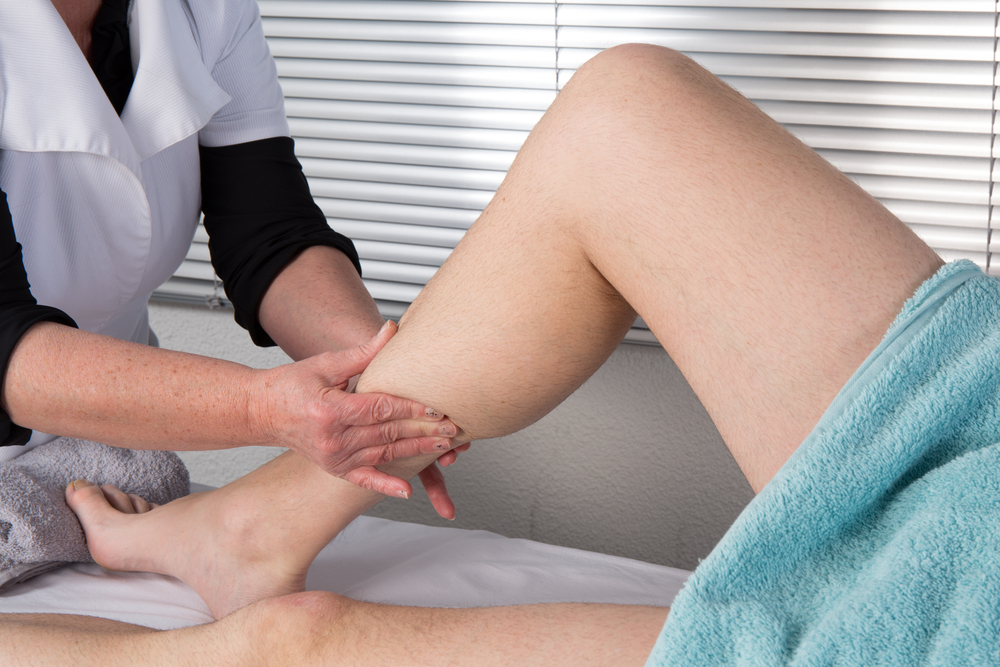 Sports massage is a training and rehabilitative massage modality that uses various techniques to stimulate muscles, improve flexibility, and speed recovery time. A sports massage is often used by athletes or very active people who want to keep their body primed for vigorous activity and reduce the chance of injuries.
Sports massage is a training and rehabilitative massage modality that uses various techniques to stimulate muscles, improve flexibility, and speed recovery time. A sports massage is often used by athletes or very active people who want to keep their body primed for vigorous activity and reduce the chance of injuries.
Therapeutic Benefits of Swedish Massage
The benefits of massage go well beyond a relaxing feeling. There are cellular, mental, and physical benefits with a regular massage by a licensed massage therapist. Understanding your goals for the massage will help achieve satisfaction and success from the therapy.
The 10 benefits of Swedish massage include:
- General Relaxation
General relaxation is one of the primary reasons people get a Swedish massage. The kneading and tapping of this tissue massage help to relax the muscles as well as the nervous system, creating a total body and mind relaxation response.
- Improved Posture
By relaxing tension points and working on stretching and mobility, posture is improved with a Swedish tissue massage. This is especially beneficial for patients who sit for prolonged periods of time or are prone to repetitive use injuries such as carpal tunnel syndrome.
- Stress Reductions
Tension and pain in muscles is often a physical manifestation of life’s stressors. As the massage therapist working on the various tension points with a relaxing massage helps reduce physical stress shown in the muscles as well as mental stress from life’s daily activities.
- Increased Flexibility
Muscles are elongated in Swedish massage making the light tissue massage an ideal way to improve flexibility without painful stretching. The light but firm strokes pull muscles and help break up some fascia webbing that builds up preventing some muscle tissue flexibility.
- Better Blood Circulation
All tissue massage techniques help to improve blood flow and circulation. This moves nutrients and oxygen into regions that might otherwise not get an adequate supply due to poor circulation.
- Endorphin Release for Mood Lift
Serotonin and dopamine are released through a Swedish massage helping to alleviate mood and happy feelings. Both of these endorphins are mood-improving natural chemicals in the body. Research supports the anecdotal findings known for years.
- Flush Toxins Out of Body
Toxins, such as lactic acid and uric acid, build up in the muscle tissues during exertion and can create stiffness and muscle fatigue if not circulated out of the body. As circulation is improved with light tissue massage, toxins stored in the body’s cells are released and flushed out of the liver and kidneys as the blood flows more freely.
- Improved Range of Motion
As Swedish massage stretches and manipulates the joints, mobility is increased, often restored to normal ranges of motion with continued massage therapy. Because the joints are opened during the stretching and passive mobility, the joint is able to self-lubricate which often reduces inflammation and pain that occurs with overuse injuries.
- Headache Relief
Headaches and migraines are often the results of tension and circulation issues. As tissue lightly massages, tension is alleviated and circulation is improved. This helps reduce or eliminate headaches experienced before the massage and for a period after the massage.
- Sleep Improvement
Because tissue massage helps release serotonin into the bloodstream, it helps patients sleep better. The reduced anxiety with the internal mood equalizing endorphin serving as a sleep aid is supported in research.
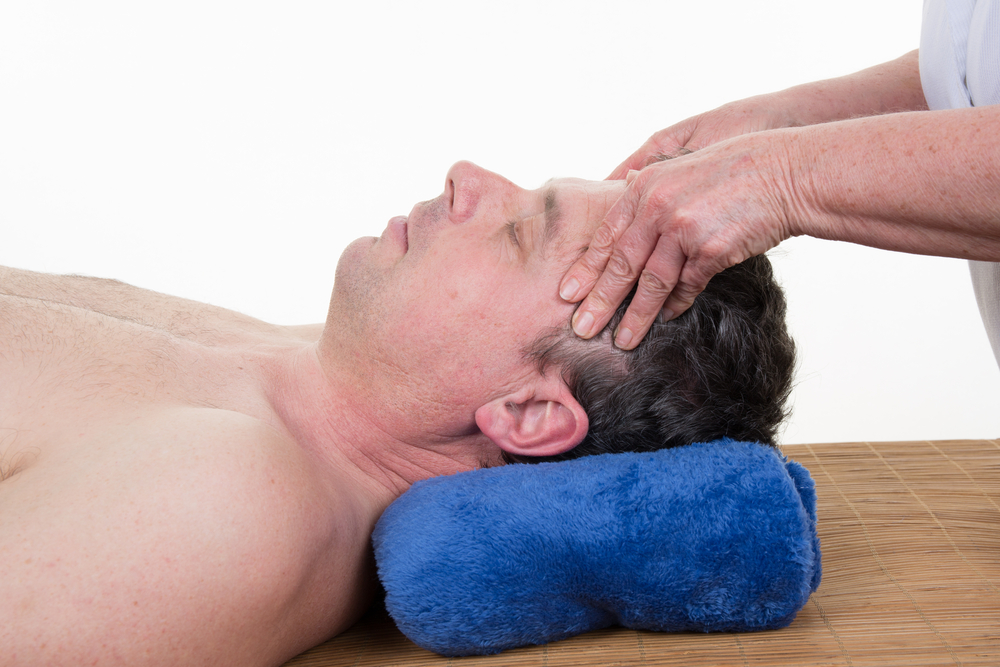
Possible Side Effects of Swedish Massage
There are few side effects you can expect from a Swedish massage since its light touch is designed to relax and tame tension. With that said, Swedish massage is not without possible side effects.
There are four main side effects to be aware of that are considered mild aches and pains. With good communication and the right feedback provided to your massage therapist, these side effects can be alleviated during your existing or for future massages.
The four primary side effects known to Swedish massage are:
- Soreness: More prone to deep tissue massage but may occur with patients not familiar or used to the massage technique.
- Nausea: A release of metabolic waste can lead to nauseous feelings while laying on the massage table. This subsides after the massage is over.
- Headaches: This is a rare side effect and usually result from lying down for extended periods of time on the massage table.
- Bruising: This is another rare side effect that could happen if your skin and muscles are sensitive due to tension or other injuries. This is rarely concerning and goes away in a few days.
Training for Swedish Therapists
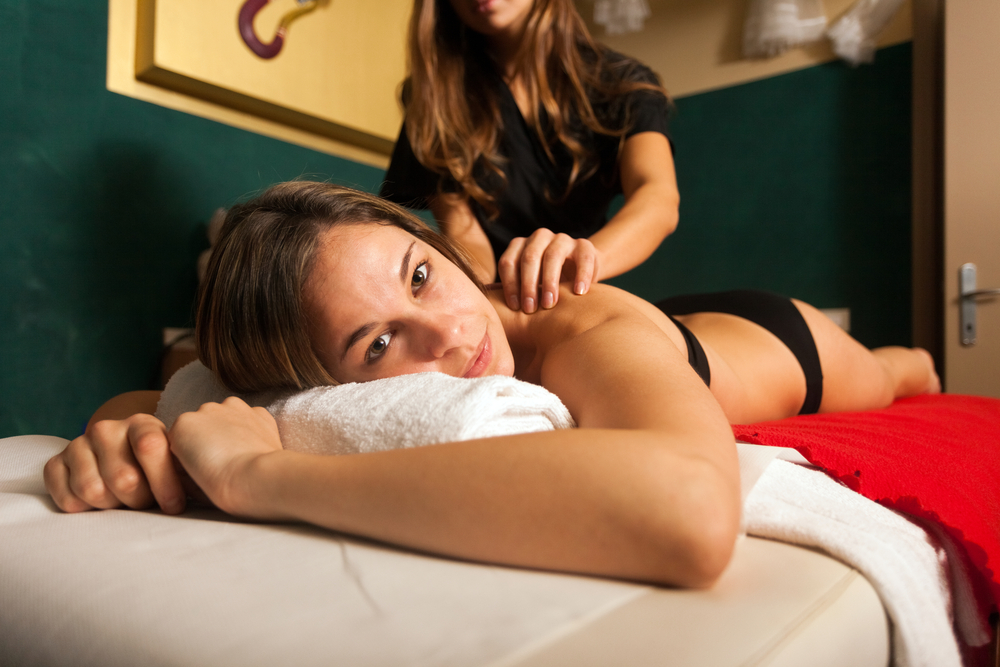 Most massage therapists will learn the techniques of a Swedish massage. There is the Swedish Institute, College of Health Sciences that has a five-to-eight semester program to master the techniques of Swedish and other massage modalities. Part of the coursework includes anatomy, physiology, neurology, and kinesiology classes so that massage therapists have a good understanding of body mechanics and what is normal and abnormal movements and tension.
Most massage therapists will learn the techniques of a Swedish massage. There is the Swedish Institute, College of Health Sciences that has a five-to-eight semester program to master the techniques of Swedish and other massage modalities. Part of the coursework includes anatomy, physiology, neurology, and kinesiology classes so that massage therapists have a good understanding of body mechanics and what is normal and abnormal movements and tension.
Massage therapists must be licensed in the state where they practice massage. The state of Oregon requires a $50 registration fee with a minimum of 500 completed course and practical instruction hours before licensing is approved. Licensing is through the Oregon Board of Massage Therapists. Make sure your therapist is licensed and current on all continuing education.
What to Expect During Your Massage
Understand that a Swedish massage is a full-body massage that will use oils to help the massage therapist’s hands glide without friction. This means you will remove clothes (underwear is optional). You will lay face down under a sheet on the massage table to start with as the massage therapist works you back and major muscle groups. Halfway through the massage, you will flip over, still under the sheet to have your arms, neck, and legs worked on.
Be sure to tell your massage therapist if you have any allergies or oils or creams, or specific types of ingredients such as lavender. The massage therapist can adjust the type of oil used to make sure you don’t have an allergic reaction.
Your massage therapist should ask you if the pressure is okay. He can increase it or decrease it based on your preference. Ultimately, the Swedish massage should be enjoyable with many clients finding themselves dozing off on the table. Remember that deep tissue massages use the same techniques with added pressure. This is less relaxing but might be what you need to get stubborn neck or back kinks out.
It is possible to have a Swedish massage as a couples massage where a couple gets simultaneous massages. Clients can also combine it with aromatherapy massage.
How to Choose a Massage Modality
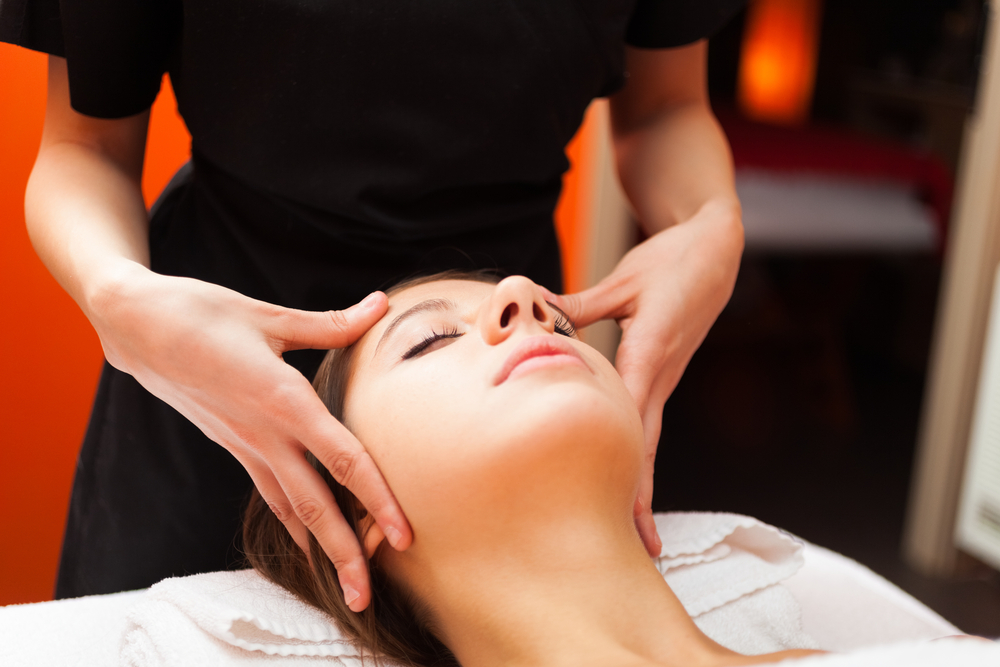 Talk to your massage therapist about your goals for the massage. If you have a trouble spot such as an injury, let the therapist know ahead of time and set limitations for the treatment. Swedish massage is primarily designed for relaxation, although you may choose a deeper massage for those trouble areas. However, if you are seeking a massage because you have an injury or chronic pain issue, it is best to discuss other modalities with your massage therapist.
Talk to your massage therapist about your goals for the massage. If you have a trouble spot such as an injury, let the therapist know ahead of time and set limitations for the treatment. Swedish massage is primarily designed for relaxation, although you may choose a deeper massage for those trouble areas. However, if you are seeking a massage because you have an injury or chronic pain issue, it is best to discuss other modalities with your massage therapist.
It might be that a different massage modality such as a sports massage trigger point massage will be more beneficial. Your massage therapist can combine techniques to maximize your benefits. Communication is critical for everyone to be on the same page when it comes to getting and giving the massage.
Frequently Asked Questions (FAQs)
Swedish massage tends to be the first type of massage people think about for relaxation and rejuvenation. Even as popular as it is, Swedish massage gets confused with the many other types of massage techniques out there. Below are the most common questions asked regarding Swedish massages and what to expect from a therapist.
What is the difference between Swedish massage and deep tissue massage?
A deep tissue massage uses the same techniques as a Swedish massage except that it applies more pressure with the strokes and kneading. This gets deeper into the muscles to release tension and knots that aren’t on the muscle surface. Both are therapeutic massages using the hands, but a deep soft tissue massage will also use the forearm and elbow to apply more pressure.
Does a Swedish massage include private parts?
A Swedish massage typically works the arms, legs, hands, feet, back, neck, stomach and buttocks. It is important to convey to your massage therapist if you don’t want your buttocks or areas around the breasts massaged. While the massage therapist works around the breast, they will not massage the actual breasts or other private regions on men or women.
Does a Swedish massage hurt?
A Swedish massage is meant to be relaxing and not painful. There may be moments where the pulling and stretching create tension, but this isn’t meant to be painful. If you request for a more firm massage with stronger pressure, there may be some pain though this would move into a deep tissue massage and not a Swedish massage that breaks up scar tissue and loosen connective tissue.
Wrapping It Up
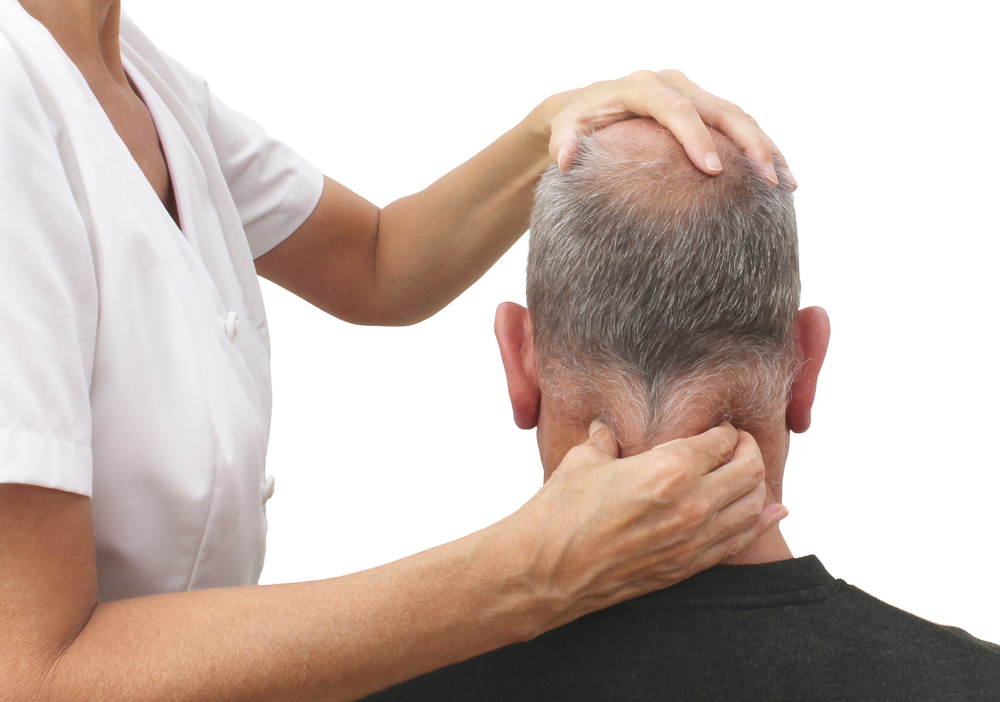 Getting regular massage therapy has many health benefits including relaxation, improved mobility, flexibility, and circulation. You’ll find that you sleep better and are better able to deal with everyday stressors. Take the time to learn how beneficial a light Swedish massage will be for your life
Getting regular massage therapy has many health benefits including relaxation, improved mobility, flexibility, and circulation. You’ll find that you sleep better and are better able to deal with everyday stressors. Take the time to learn how beneficial a light Swedish massage will be for your life
If you are in the Salem, Oregon area you can schedule an appointment with Whitmire Chiropractic for a full-body Swedish massage, prenatal massage, or men’s facial that will work in conjunction with all other physical therapies you may need. Our professional therapeutic massage experts are here to help you achieve your best self. Book your Swedish massage today.

I have been very impressed with the knowledge and professionalism shown by the staff and physicians at Whitmire Chiropractic. I have been to several other practitioners in the area and I am very relieved to have at last found a chiropractor I can be comfortable to bring my whole family to. I am finally finding relief for shoulder and neck pain that have plagued me for years. I have already referred this office to several of my friends and will continue to do so. Well Done Dr. Whitmire!! The most thorough and well explained doctor I’ve ever met!

Schedule Appointment
Office Hours
Tues: 9:00am - 7:00pm
Wed: 9:00am - 7:00pm
Thurs: 9:00am - 7:00pm
Fri: 9:00am - 5:00pm
Sat: Closed
Sun: Closed

